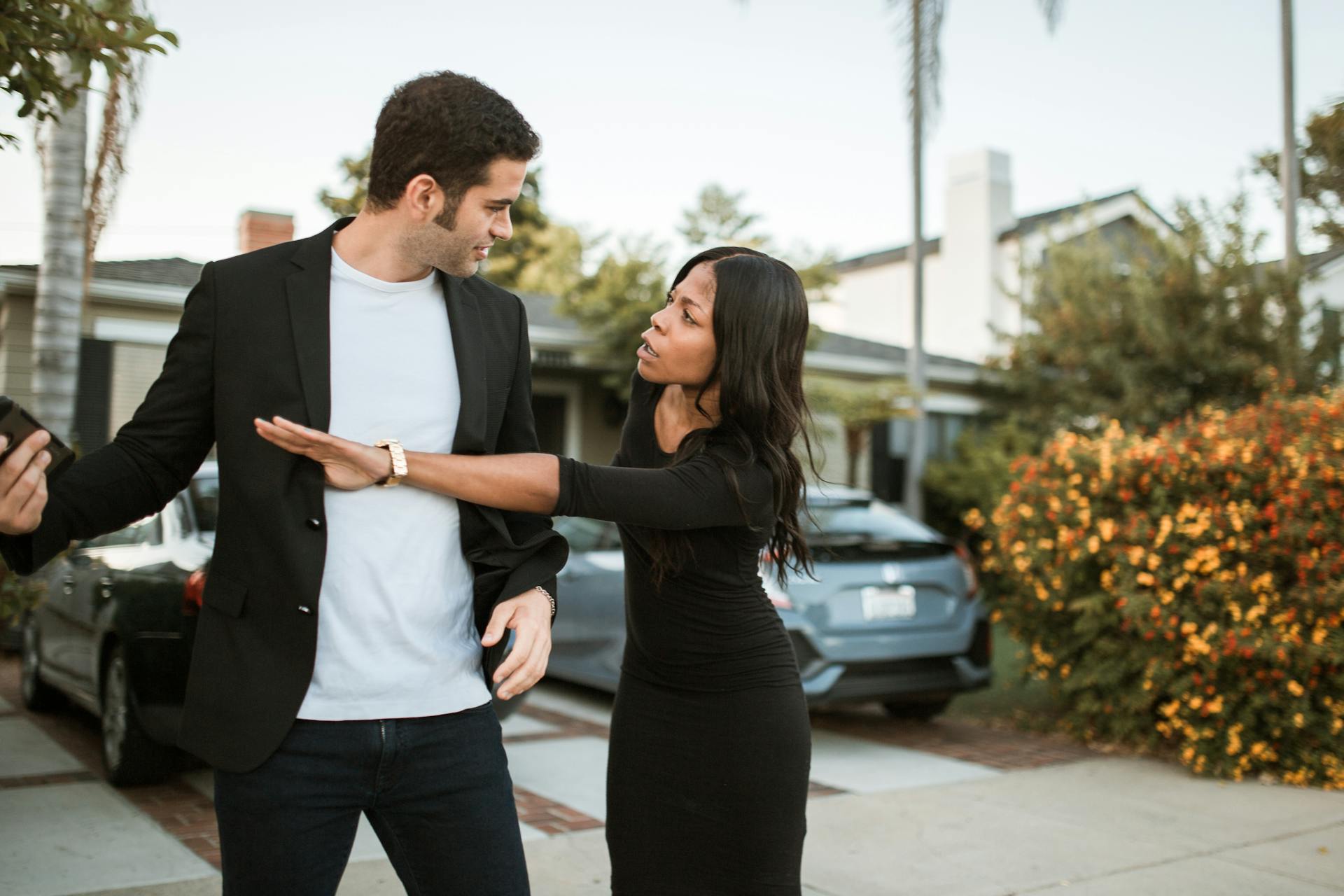Conflict is inevitable in any relationship, from romantic to familial or professional. Yet the way we approach conflict can determine whether it becomes a source of stress or an opportunity for deeper understanding and connection. Drawing on the recommendations from Getting Past No by William Ury and Getting to Yes by Roger Fisher and William Ury, we can learn practical strategies to resolve disagreements respectfully and productively.
These books, rooted in negotiation theory research at Harvard, were originally written with business and diplomatic conflicts in mind, but their core messages are just as valuable in our personal lives. At their heart, they emphasize separating the person from the problem, focusing on interests rather than positions, and building mutual understanding instead of digging into opposing sides.
Why “No” Isn’t the End
When someone tells us “no” in a disagreement, it can often trigger defensiveness, frustration, or even withdrawal. However, “no” is often a signal that a person feels unheard, unsafe, or backed into a corner. According to Getting Past No, the key to resolving conflict isn’t to overpower resistance, but to disarm it by creating an atmosphere of respect and curiosity.
Rather than viewing a “no” as a wall, we can begin to view it as an opportunity to explore what matters most to each person involved.

5 Principles for Resolving Conflict in Relationships
- Go to the Balcony
Before responding emotionally, pause. Mentally “go to the balcony” to gain perspective. Instead of reacting impulsively, take a step back to understand what’s happening, both within you and in the conversation. - Separate the Person from the Problem
Often in conflict, we unintentionally turn the other person into the enemy. But when we separate the issue from the individual, we can collaborate instead of compete. This mindset shift allows us to attack the problem together, not each other. - Focus on Interests, Not Positions
People often argue over zero-sum positions (e.g., “I want you to call me more” vs. “I need space”). Underneath those positions are deeper interests like connection, autonomy, or respect. Identifying these shared human needs is the first step toward meaningful solutions. - Build a Bridge to Mutual Gains
Look for options that serve both people’s underlying interests. Brainstorming together can unlock creative ways to meet both sets of needs. This is the art of getting to “yes.” - Persist with Respect
Even when conflict is heated or emotions run high, stay calm and persistent in seeking a solution. Respect builds trust, and trust makes problem-solving possible.
Example in Action: A Couple Navigating Communication Needs
Consider Sarah and Alex, a couple who’ve been arguing about how much time they spend talking during the workweek. Sarah feels disconnected and wants to have longer conversations at the end of the day. Alex, on the other hand, feels exhausted after work and needs quiet time to decompress.
Their conflict has become a cycle of unmet expectations and resentment.
Instead of arguing positions (“You never want to talk!” vs. “You expect too much!”), they decide to try a new approach. They pause, go to the metaphorical balcony, and take time to understand their deeper interests. Sarah realizes her desire for conversation stems from a need for closeness. Alex’s reluctance comes from a need to recharge mentally after a demanding day.
Once they name these interests, they begin to brainstorm options. Together, they agree to have a short check-in call after work where Sarah feels connected, and Alex doesn’t feel overwhelmed. They also decide to plan a weekly dinner where they both unplug and talk more deeply, giving Sarah the quality time she craves and giving Alex the ability to prepare for it mentally.
This small shift where people move from positions to interests, and from reacting to collaborating can help reduce tension and builds trust.
Final Thoughts
Conflict in relationships doesn’t have to divide us. When approached with openness and skill, it can be a gateway to stronger, more resilient connections. By using strategies from Getting Past No and Getting to Yes, we can approach disagreements as opportunities to understand each other better and to co-create solutions that honor everyone’s needs.
Resources for Further Reading
- Getting Past No by William Ury
- Getting to Yes by Roger Fisher, William Ury, and Bruce Patton
- The Gottman Institute – Resources for relationship communication and conflict resolution
If you find yourself stuck in recurring conflicts, working with a licensed psychologist can help you and your loved ones develop the skills to navigate challenges with more compassion and clarity.



